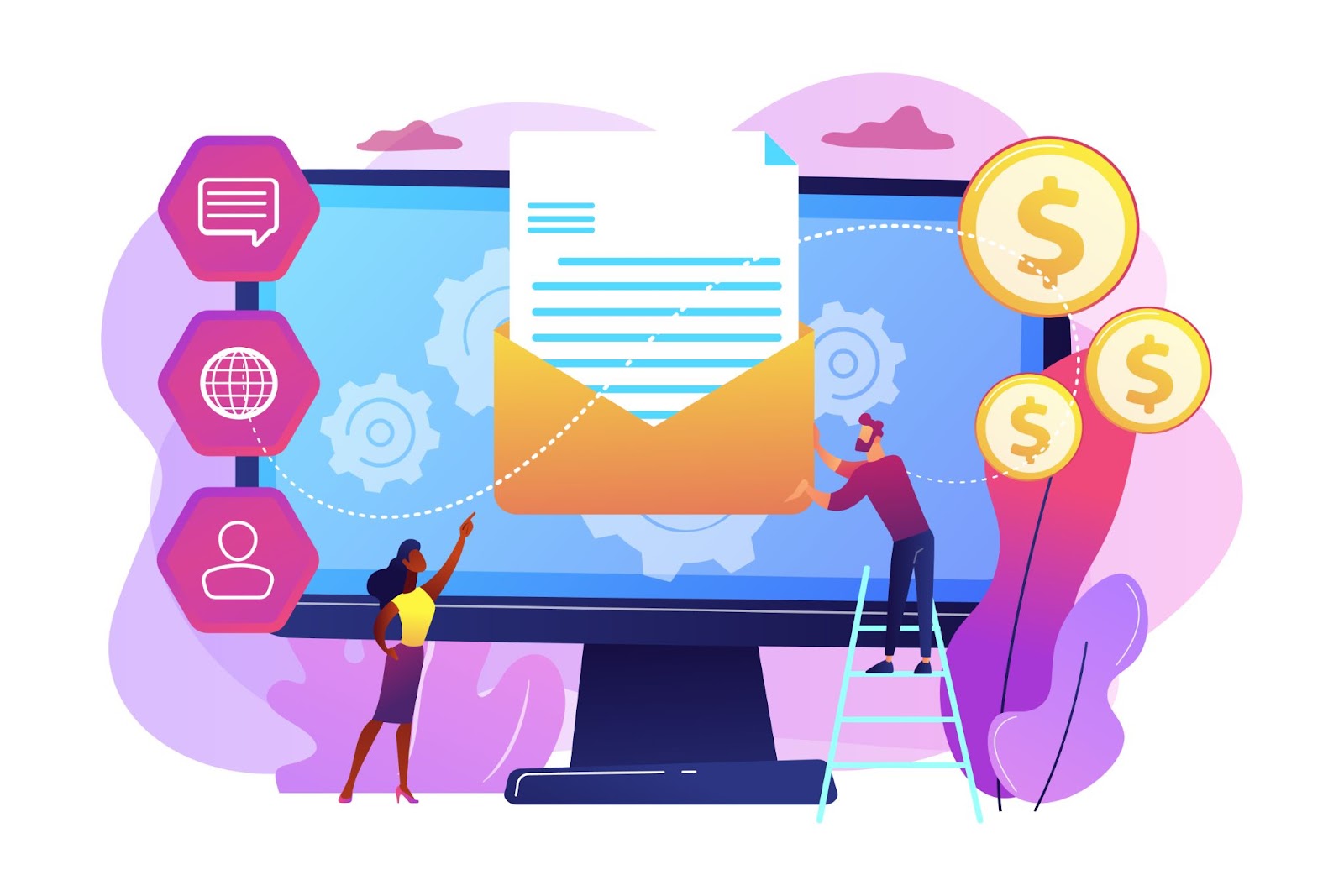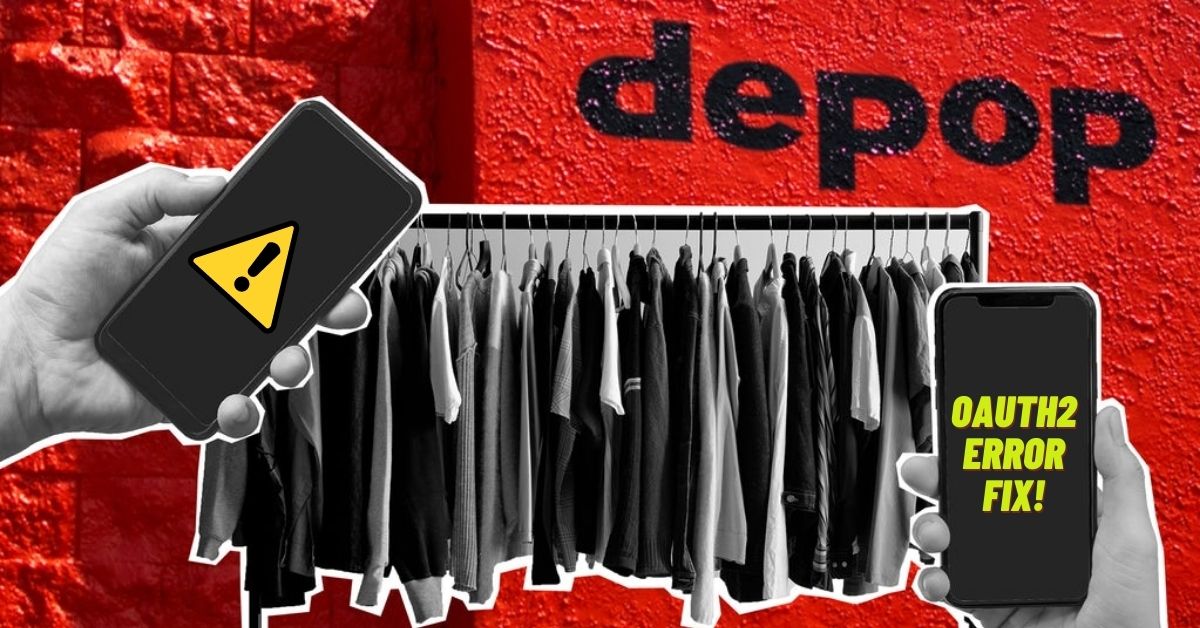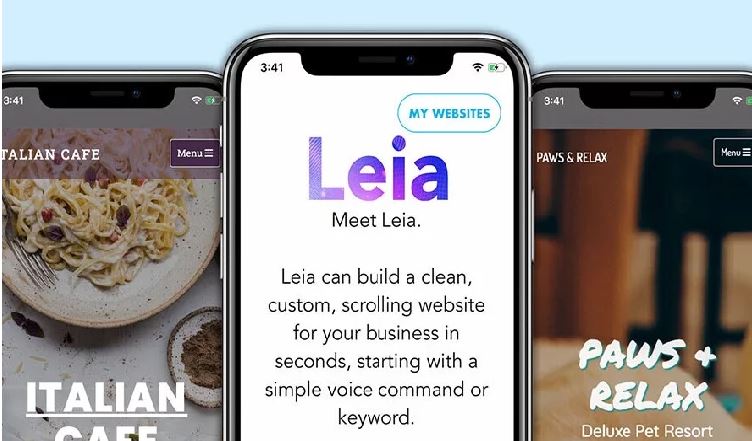Types of Emails and When to Use Them
You’ve put in a lot of time and effort to develop an amazing email list. You have also done your research and know how to personalize messages and change them so they can be used on mobile devices. If you are sending emails to the wrong people, it won’t matter how vital these practices are for your marketing efforts; you won’t get the results you’re looking for no matter what you do.
The following is a list of the five most frequent kinds of emails:
- Newsletter emails
- Lead nurturing emails
- Emails with promotional content
- Milestone emails
- Survey emails
Let’s take a more in-depth look at how you might make use of these different sorts of emails to improve your communication with your subscribers.
1. Newsletter emails
It is surely the most common type of email. The distribution of newsletters is often done on a predetermined schedule because of the high demand for these types of communications. They often include material from the corporate blog, information about future events, and other updates about your firm that your subscriber may find interesting.
2. Lead nurturing emails
Through the use of these emails, you can direct your prospects through a sales funnel and ultimately turn them into paying clients. The fundamental premise behind lead nurturing is that the people who have subscribed to your content are not yet prepared to purchase from you. The trust between the client and the business must first be established. This objective may be accomplished with the aid of the information that will be sent via these emails.
Because lead nurturing is not a one-time email but rather a method that involves sending a series of emails, you have the flexibility to experiment with the many sorts of emails you might send that contribute to the development of the connection.
3. Email advertisements
Because promotional emails are so popular in email marketing, it’s crucial to avoid sending the same old “15% discount” sort of email and instead focus on adding more value to the promotional emails themselves. One approach to do this is to first draw attention to the product or service that is being offered, and then add some helpful material related to the product or service that is being sold.
4. Milestone emails
During the course of their interaction with any given brand, customers travel through several distinct phases. It is essential to bring attention to crucial landmarks such as anniversaries and birthdays as the consumer progresses through the customer cycle (from being a new subscriber to a client).
5. Survey emails
If you want to improve at what you’re doing, the only way to do so is to ask for criticism. You may get insight into what you’re doing well and where you can make improvements by responding to the survey email. Additionally, it may assist you in better understanding your clients as well as the things that they are looking forward to obtaining from your company.
Other kinds of emails
Even while the email formats described above are the most typical and widely used, they are not the only ones.
Here are some brief descriptions of some other sorts of emails that you may use to maintain consistent communication with the people who have subscribed to your email list. Even while many of these are only beneficial in certain circumstances, it does not imply that you should exclude them from your marketing approach altogether.
- A progress email notifies your readers of the progress that your company is making toward a goal, such as a product launch or update.
- Emails marking significant milestones: Shops that provide loyalty programs have to put some effort into developing efficient emails for significant milestones. Customers are notified through email if they hit a certain point threshold, progress to a higher membership tier, or become eligible for a prize of some kind.
- Emails for anniversaries: You may demonstrate your appreciation for a customer’s continued business by sending them an email on the anniversary of their first purchase with you once a year.
- Cart abandonment emails: You need to make it a habit to send an abandoned cart email to subscribers who have put products in their shopping cart but have not yet completed their transaction. These simple reminders may cause a significant boost in business.
How to determine the relative importance of the various sorts of emails
It is crucial to have a solid understanding of the kinds of emails that are most successful before you start crafting your own.
Studies have shown that most clicks are received by valuable material. It includes stuff, such as eBooks and templates, that is beneficial to members. Additionally, promotional emails are highly welcomed by subscribers; nevertheless, the challenge is in determining the optimal frequency for sending these emails.
In a recent survey performed by Marketing Sherpa, respondents were asked how often they would want to receive promotional emails. According to the report, 86% of people would rather have them once a month. It indicates that you may end up with lots of unsubscribes if you send promotional emails anywhere from two to three times per week to subscribers who would only desire them once per month if you sent them at all.
Once you have a firm grasp on these metrics, you will not only have an understanding of the kinds of emails you should be sending out but also of the frequency with which you should send each kind.
Does it even make a difference?
One of the most important things you need to know about your marketing techniques is that you are talking to real people. Humans crave diversity. Sending out the same email every week for a couple of weeks won’t bring you the kind of engagement you’re aiming for.
It’s not that your newsletters aren’t very good; rather, the problem is that your newsletters on their own aren’t enough to move a consumer farther along in the sales funnel. The same thing would take place if the only emails you sent were promotional ones.
Conclusion
It is time to return to the plan you developed for your email marketing campaign and include all of the new information you have learned about the many sorts of emails, how to measure those emails and the reasons why it is crucial to be flexible. Don’t forget to think about how often you send out emails. You need to ensure that you are delivering the appropriate number of emails to your subscribers, as this will assist establish trust and lead them along their respective customer journeys.









Add Comment